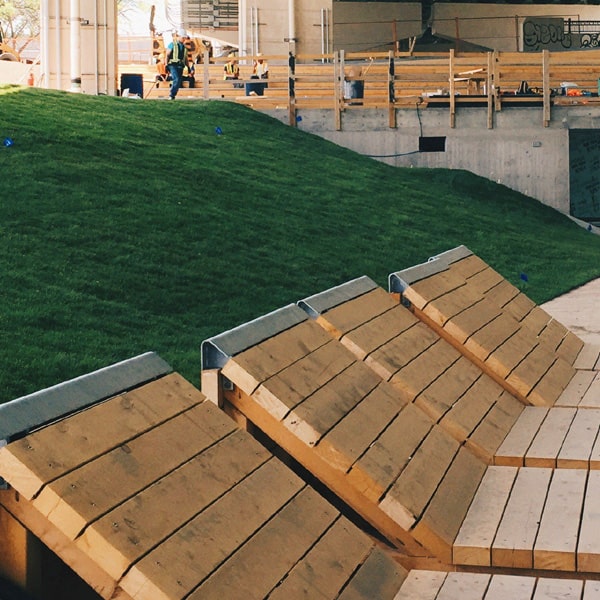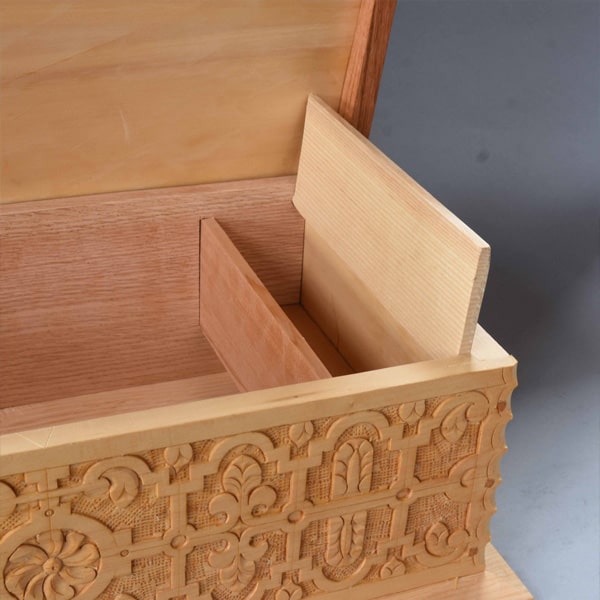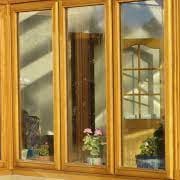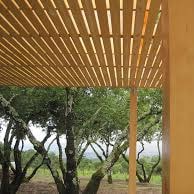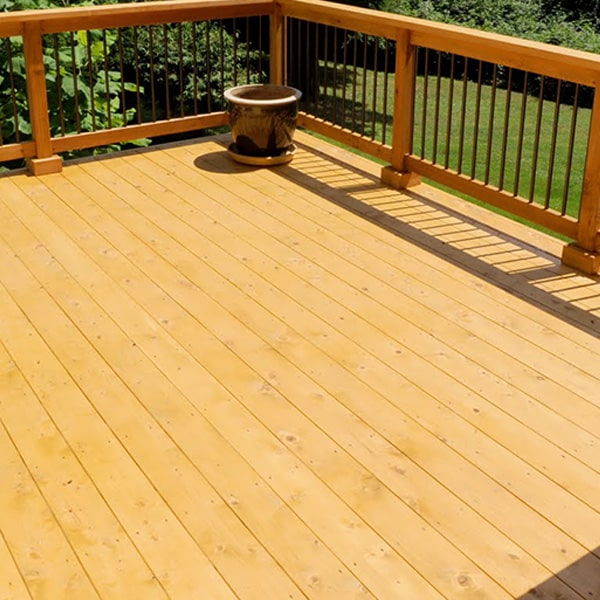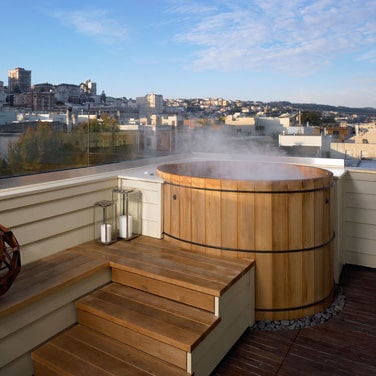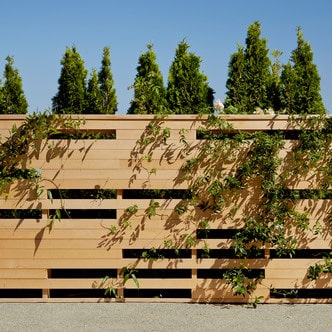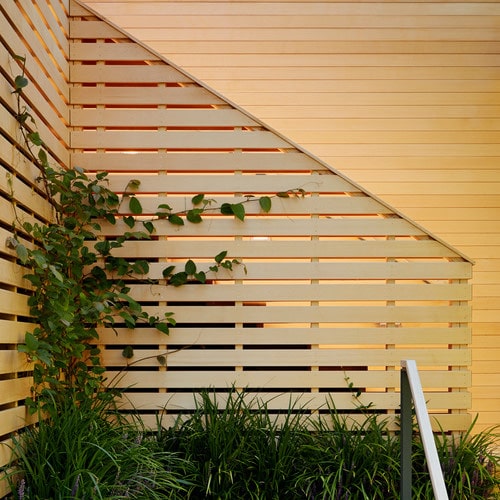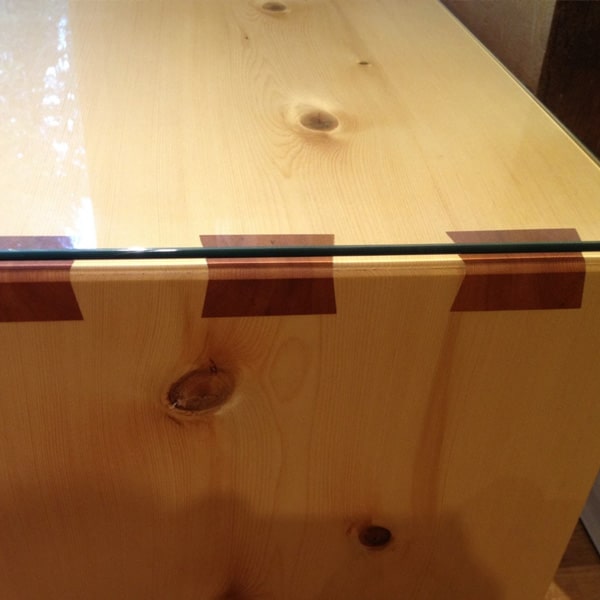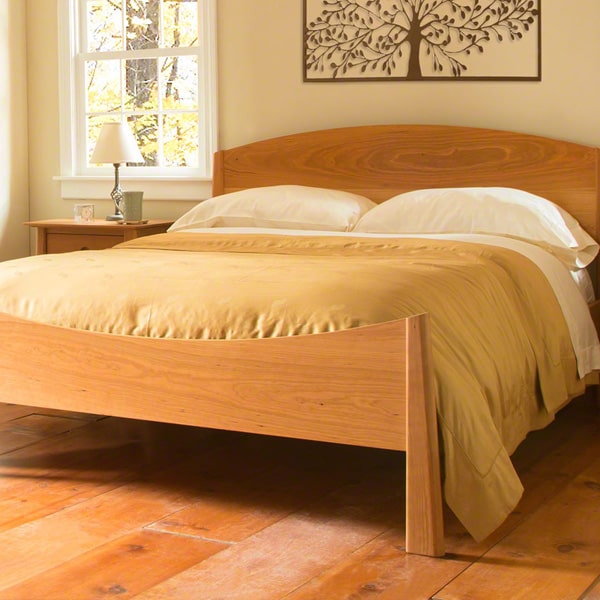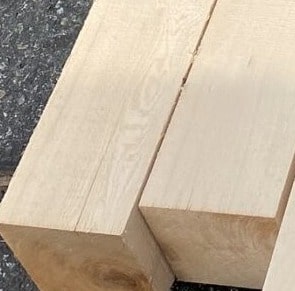
What is Yellow Cedar Wood?
Yellow Cedar Wood is a common species that grows along the coast and West of the coastal mountains in British Columbia (B.C.), Canada. Upon reaching maturity, this medium-sized tree can reach heights of up to 24 metres and a diameter of 90 centimeters. It is a rare, lovely tree that is strong, stable, and incredibly resilient, according to soft wood dealers in India.
The unique quality of this wood is that it grows so slowly that it takes 200 years for it to reach a size that can be sold. It is also unique to the area of the world in which it grows. Tropical and coniferous woods come in a wide variety of species, and they make excellent doors and windows. Yellow-Cedar is still a great option to choose above others because of its great benefits. According to soft wood suppliers in India,it is frequently used to make window and door jambs. It is widely used throughout the world for exterior alaskan yellow cedar purposes.
It is an important part of green buildings, which are currently in trend. Yellow-Cedar lumber is available in a range of grades and sizes and is certified, like all Canadian wood species.
Workability
If not chosen carefully, constant and harsh fitting and fixtures might cause timber materials to become loose or just wear away. Assuring durability despite frequent use, Yellow-Cedar has good nail and screw gripping capabilities. This solidifies it as a viable option for ornamental and adornment work as well.
Sustainability
Common Uses
We provide a variety of sawn Yellow Cedar wood products.
- Lumber in a variety of sizes that has been hand-selected and regraded
- Maximum 18% moisture content after kiln drying
- finished with edges on all four sides
- Source: Canada


